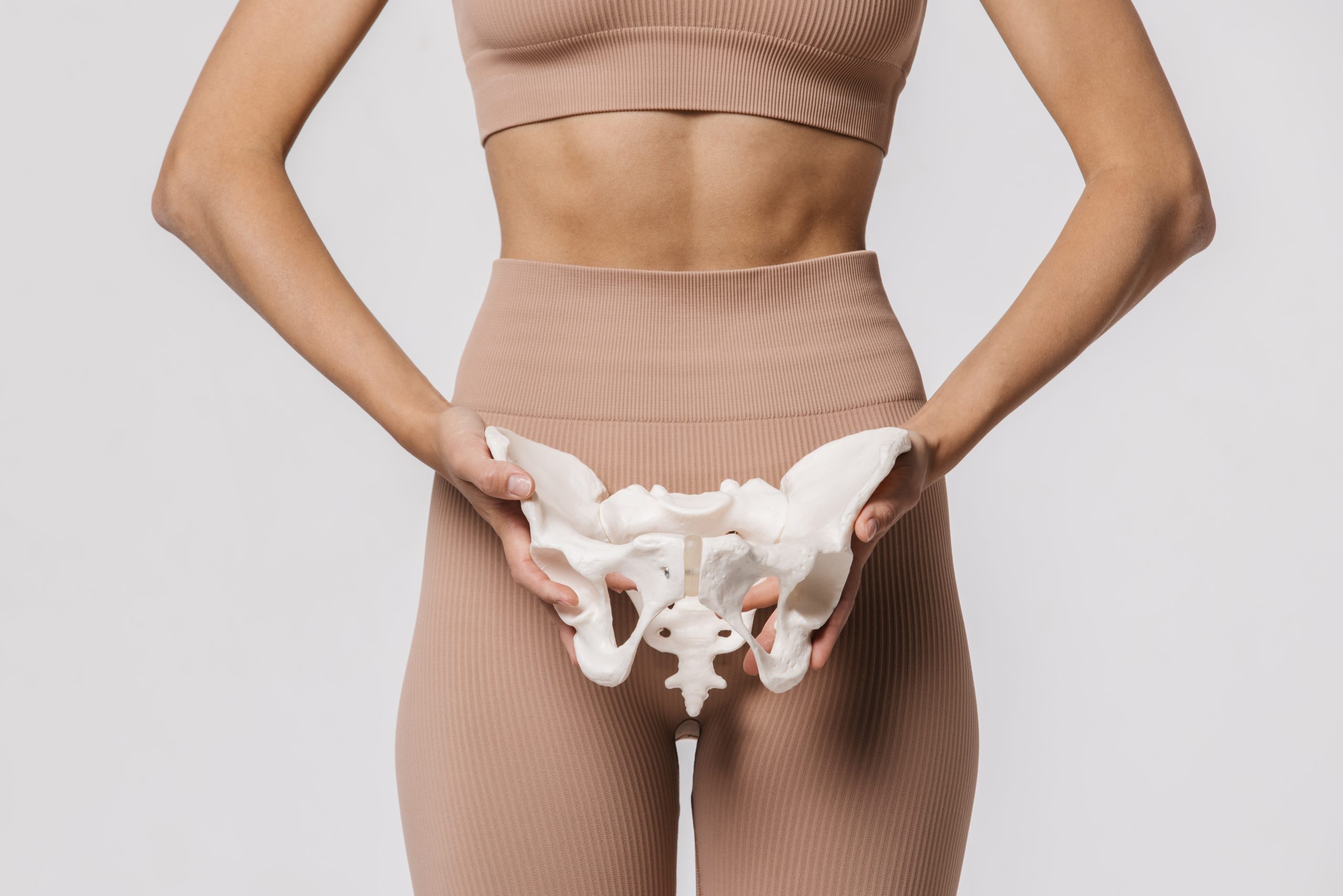
4 Common Bladder Myths
Read below to find out how four common bladder myths have been dispelled.
Bladder Myth #1: You Need to Drink 8 Glasses a Day
Fluid needs vary depending on each individual person’s body size and activity level. You may not need eight glasses of water per day. The best advice for most people is to drink when you feel thirst and stay hydrated. This helps to prevent urine from becoming too concentrated and lowers the risk of kidney stones.
Bladder Myth #2: Bladder Problems Are Caused by a Small Bladder
Some people attribute symptoms such as urinary frequency and leakage to having a small bladder, but your bladder capacity is rarely the culprit behind these types of problems. The underlying cause is most likely weak muscles or other muscle-related issue, medication side effects, infection, or nerve damage.
Bladder Myth #3: Kegel Exercises Are Only for Women
You probably have heard of women doing these exercises to help control bladder symptoms, but health care providers recommend Kegel exercises for men too. The pelvic floor muscles are responsible for controlling your urinary stream, including stopping and starting the stream. Most people think if you start and stop your stream you’ll find your Kegel muscles, but doing this can isolate the wrong muscles and potentially worsen bladder control issues. The trick is learning the proper technique for Kegel exercises with a specially trained pelvic floor physical therapist.
Check out these 4 Simple Pelvic Floor Exercises You Can Do Everyday.
Bladder Myth #4: Bladder Problems Are a Normal Part of Aging
Urinary incontinence (leakage) and other bladder symptoms are a medical problem—not an inevitable part of again. Anyone can have bladder problems regardless of gender or age. If bladder problems are bothersome to you, talk with your health care provider. There are treatments options available that can help. Your doctor will recommend a treatment plan best suited for your specific needs.
What other bladder myths have you heard of? Comment below to share.
Learn More
Check out these other articles to learn more about:
- – Overactive bladder (OAB): What Causes Overactive Bladder, and is it a Normal Part of Aging?
- – Stress incontinence (SUI): What is Stress Incontinence?
- – OAB vs. SUI: Is Stress Incontinence Different Than an Overactive Bladder?
More bladder-related information can be found in our blog.
Get Help
If your bladder problems are bothering you and you’re ready to find out which treatment options are right for you, schedule a consultation today. Dr. Peter Lotze and his team are here to help! Please contact our office directly to schedule an appointment. We have office locations in both Houston, TX, and The Woodlands, TX.
- – Houston Medical Center office address: 7900 Fannin Street, Suite 4000, Houston, TX 77054
- – The Woodlands office address: 9180 Pinecroft Drive, Suite 250, Shenandoah, TX 77380 (Professional Building #4)
Connect With Us
Be sure to check our blog regularly for new posts, and follow us on Facebook and Instagram @PeterMLotzeMD for health and wellness tips and more!



